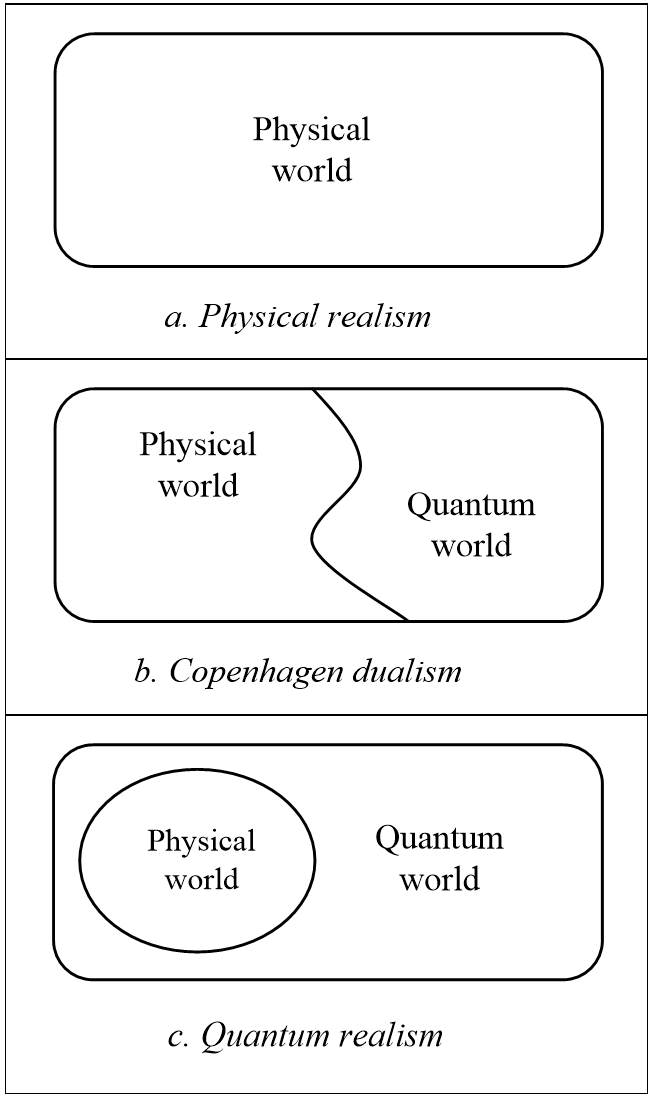In the 1920’s, after centuries of dispute over whether light is a wave or particles, Bohr devised the compromise that holds today, that they are complementary views, so both are true, and nothing better has been found since:
“…nobody has found anything else which is consistent yet, so when you refer to the Copenhagen interpretation of the mechanics what you really mean is quantum mechanics.” (Davies & Brown, 1999), p71.
This don’t ask, don’t tell policy let a photon be a wave when we don’t look, as long as it’s a particle when we do, so physics can use particle or wave equations as convenient. In no pond do rippling waves behave like particles, and on no pool-table do billiard-balls behave like waves, but Bohr managed to sell the big lie [Note 1] that light is a wavicle. As Gell-Mann said in his 1976 Nobel Prize speech:
“Niels Bohr brainwashed a whole generation of physicists into believing that the problem (of the interpretation of quantum mechanics) had been solved fifty years ago.”
Quantum theory describes light as a wave that vibrates outside space as Maxwell’s equations specify, but a physical world can’t support that. Figure 3.4 shows the options for physics. The first is physical realism, that only the physical world exists, so quantum waves don’t exist (Figure 3.4a). But how then do physicists who use quantum waves to predict what light does differ from shamans who invoke dreams to predict what people will do?

Bohr then argued that the quantum world is real for the purpose of physics, so physicists aren’t shamans. He proposed the dualism that the quantum world exists for our equations, but otherwise it doesn’t, so in effect, the physical world and the quantum world co-exist somehow (Figure 3.4b). But that the quantum world exists for the convenience of physics was an admission of failure not a theory advance (Audretsch, 2004), p14.
In public, Bohr accepted the quantum world but in private, denied that it existed at all. He chose the best of both worlds, to use quantum theory but deny what it meant. Copenhagen dualism, like Descartes’s mind-body dualism before it, is a mystical marriage of convenience between incompatible domains.
Figure 3.4c shows the quantum realism alternative to physical realism and Copenhagen dualism. It is that physical events are a subset of quantum events, because the quantum world generates the physical world within it, so classical mechanics is a subset of quantum mechanics. This then answers Wheeler question, how come the quantum?
Note: A “big lie” is a statement so outrageous that people think it must be right or it wouldn’t be said.